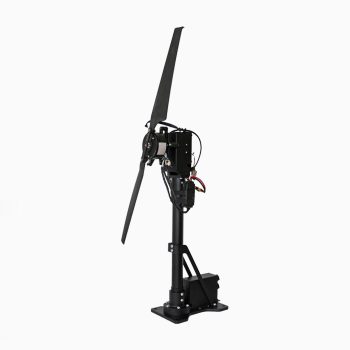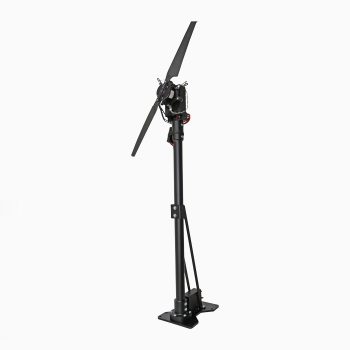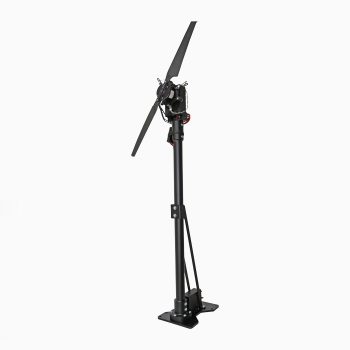What is the principle of propulsion?
The principle of propulsion is based on Newton’s Third Law of Motion, which states that for every action, there is an equal and opposite reaction. In the context of propulsion, this means that a force is generated in one direction when an equal and opposite force is generated in the opposite direction.
YOU MAY BE INTERESTED IN: What is Propulsion System in Aviation?
In an aircraft propulsion system, this principle is used to generate the necessary thrust to propel the aircraft through the air. The engine takes in air or a mixture of air and fuel, and then ignites the fuel, causing a rapid expansion of the exhaust gases out the back of the engine at a high velocity. This rapid expulsion of exhaust gases creates a rearward force, or thrust, that propels the aircraft forward.
The principle of propulsion is also used in other applications, such as in marine propulsion systems and rocket engines. In each case, the principle involves the generation of a force in one direction by expelling a mass in the opposite direction. The efficiency of the propulsion system depends on several factors, such as the design of the engine, the type of fuel used, and the temperature and pressure of the exhaust gases.
YOU MAY BE INTERESTED IN: How Does a Propulsion System Work in an Aircraft?
The Key Components of a Propulsion System and Their Functions
YOU MAY BE INTERESTED IN: What are the Different Types of Propulsion Systems Used in Aviation?
- Motor (or engine): The motor, or engine, is the heart of the propulsion system and is responsible for generating thrust. It consists of a compressor, a combustion chamber, and a turbine.
- Fuel system: The fuel system is responsible for delivering the appropriate amount of fuel to the combustion chamber for combustion. The fuel system includes components such as fuel tanks, fuel pumps, and fuel injectors.
- Air intake system: The air intake system is responsible for taking in air from the atmosphere and directing it into the engine’s compressor for compression.
- Combustion chamber: The combustion chamber is where the fuel is mixed with compressed air and ignited to produce high-temperature, high-pressure gases that are expelled out the back of the engine to generate thrust.
- Turbine: The turbine is driven by the high-temperature, high-pressure gases from the combustion chamber and powers the compressor.
- Exhaust system: The exhaust system is responsible for expelling the exhaust gases from the engine after combustion. The exhaust system includes components such as exhaust pipes and mufflers.
These components work together to generate the necessary thrust to propel the aircraft through the air. The design and operation of each component are critical to the performance, efficiency, and safety of the propulsion system. Regular maintenance and inspection are required to ensure that each component is functioning properly and operating within safe limits.





